State Investigation Prompted After 19th Century Flag Disrupts Leadership At Illinois Museum
Controversy has once again surrounded the Abraham Lincoln Presidential Library and Museum due to a recent purchase made without consulting a collections committee. A manager bought a 21-star flag, believed to commemorate Illinois’ 1818 admission to the Union, for over $15,000.
The flag, acquired through an online auction, prompted an investigation by Illinois’ Office of the Executive Inspector General regarding the funds used for the purchase. This incident has also caused internal conflict within the museum’s leadership and possibly led to the dismissal of an employee who claimed the acquisition process was bypassed.
A Grand Luminary
Known as a “Grand Luminary” for its 21 stars arranged in a star shape, the flag is thought by the museum to signify Illinois’ entry as the 21st state, according to spokesperson Christopher Wills.
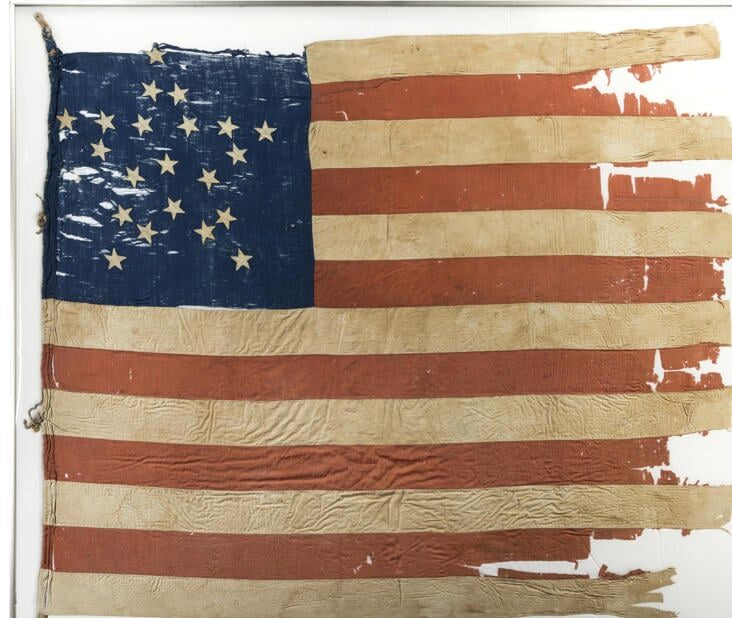
Source: Heritage Auctions, HA.com
Such flags are rare because the design was altered a year later when Alabama and Maine joined the Union.
Flag Likely To Have Been Made During The Civil War
However, flag expert Jeff Bridgman informed The Associated Press that the flag’s construction and materials suggest it was made during the Civil War era, not in 1818, possibly representing states loyal to the Union.

Source: Wikipedia
Bridgman, who has about 3,000 19th-century flags, stated, “If it was [from 1818], I would have been after it at the auction.”
Museum’s Credibility At Stake
This incident follows previous challenges to the museum’s credibility, including a $6.5 million purchase of a purported Lincoln stovepipe hat with questionable provenance and the 2019 firing of a director for unauthorizedly sending a Lincoln-signed copy of the Gettysburg Address to a Texas exhibit.
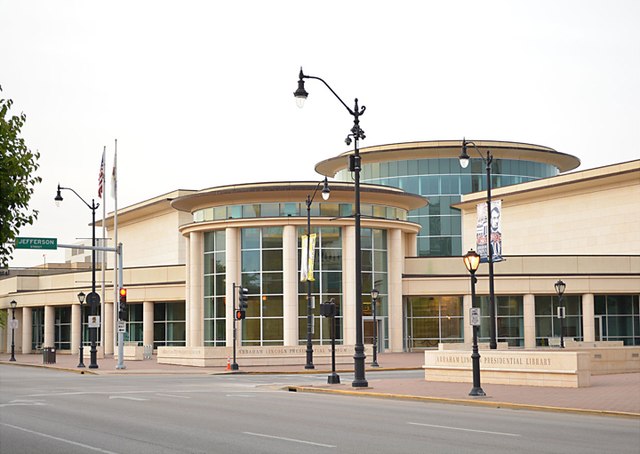
Source: Amos Oliver Doyle, Wikimedia
Documents obtained by the AP reveal that Ian Hunt, the museum’s acquisitions chief, requested permission from the executive director to buy the 21-star flag on Nov. 6.
Purchase Meant For Historic Research & Artifact Acquisition
The auction was won on Nov. 13, with the museum paying $15,625 using the King Hostick trust fund, meant for historic research and artifact acquisition.

Source: Freepik
Museum policy requires purchases over $2,000 to be reviewed by a collections committee, but this committee had not met regularly due to a vacancy.
Concerns About Authenticity
It eventually reviewed the flag on Dec. 7, three weeks after the purchase, and voted 7-2 in favor.

Source: Sharefaith/Pexels
The two dissenters, then-registrar Eldon Yeakel and research director Brian Mitchell, cited concerns about the flag’s authenticity and storage.
Yeakel’s Believes No Fraud
Yeakel, who was fired on May 6, believes his termination was due to his “no” vote. Wills declined to comment on the matter.
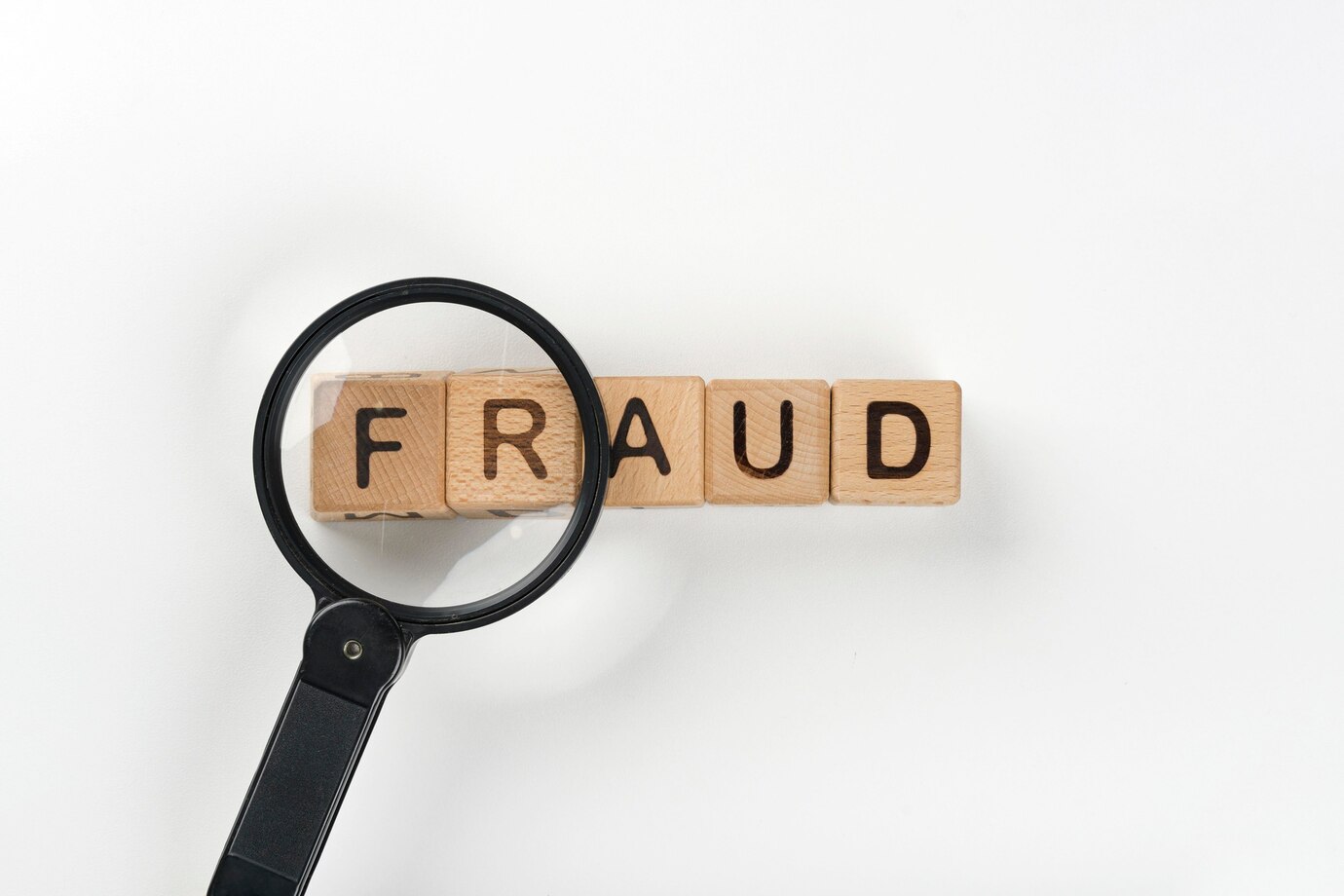
Source: Freepik
Yeakel told investigators that the flag purchase bypassed necessary committee approval and that he was unaware of any fraud or abuse regarding the use of Hostick funds.
Employees’ Complaints Triggered Inspector General’s Investigation
Two employees, one current and one former, confirmed to the AP that their complaints triggered the inspector general’s investigation, although the office has not released any findings.
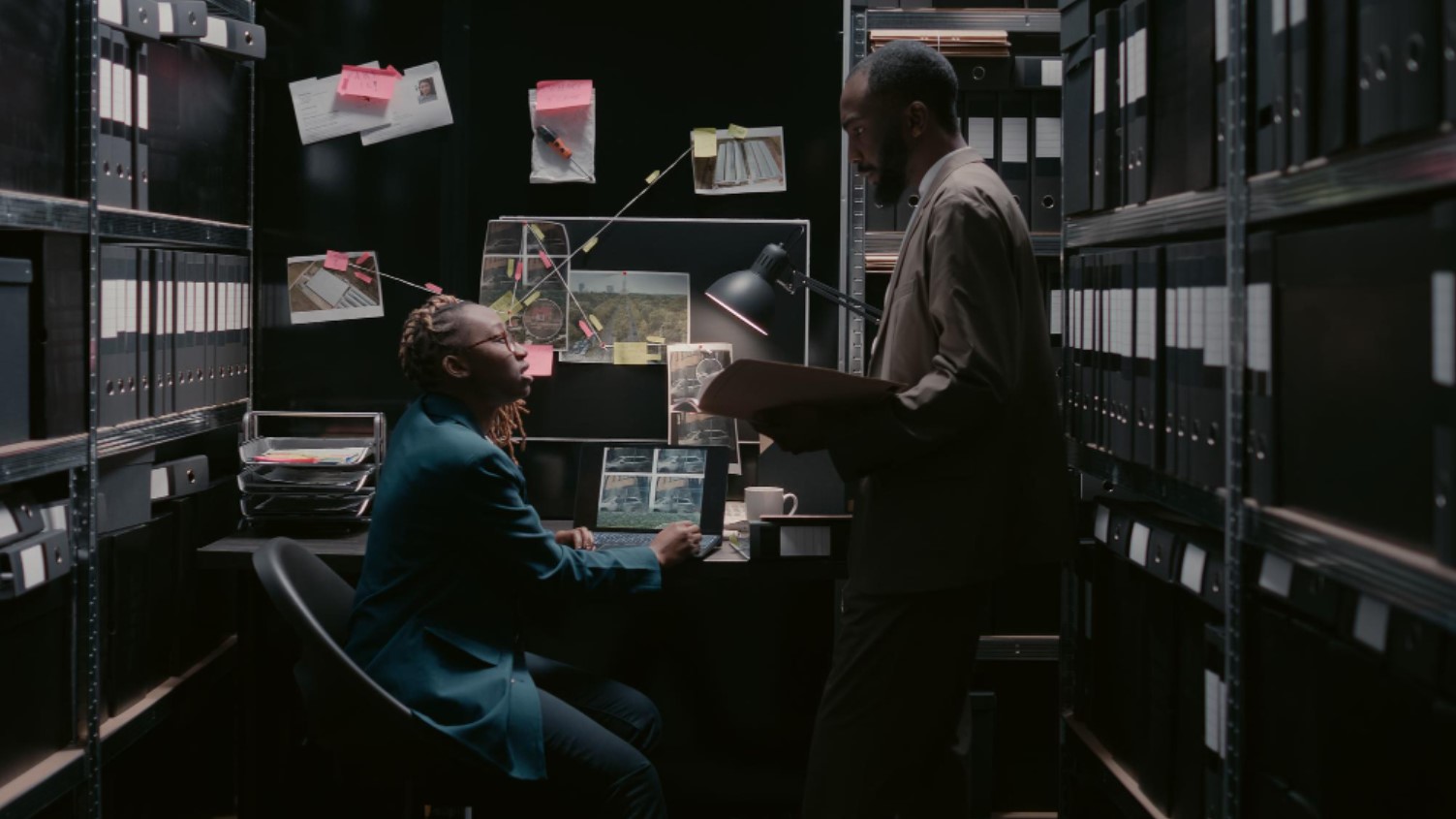
Source: Freepik
Neil Olson, general counsel for the inspector general, declined to comment on the investigation. The office can recommend disciplinary actions or refer cases for criminal investigation if wrongdoing is found.
Wills Claims Use Of Hostick Fund Was Permitted
Wills stated the museum has not been informed of any complaints to the inspector general and maintained that using Hostick money for the flag was permitted.

Source: Blogging Guide/Unsplash
He acknowledged that Hunt’s actions were a “misstep” but noted that museum policy only requires committee “recommendation” for expensive acquisitions.
Is The Flag Made Of Cotton Or Wool?
The flag, part of the Zaricor Flag Collection, was examined by vexillologist Howard Madaus in 1995, who concluded it was made of cotton in 1818-20.
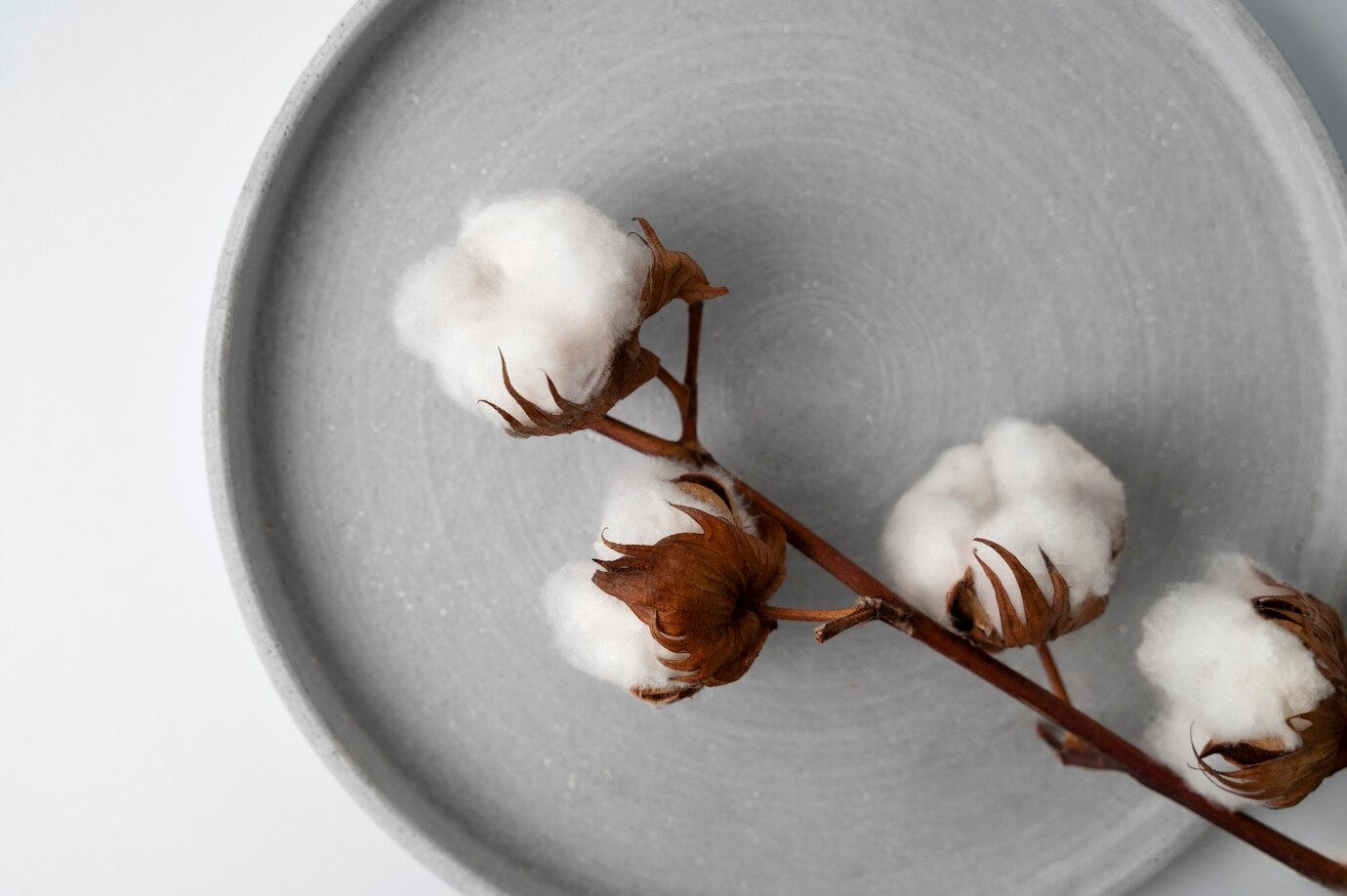
Source: Freepik
Bridgman, however, believes Madaus, who died in 2007, was mistaken, citing high-resolution images showing the flag’s blue canton is wool, typical of Civil War-era flags.
Flag To Be Stabilized & Cleaned
A 2003 report by conservator Fonda Thomsen indicated that part of the flag is wool but noted that it was not examined thoroughly enough to draw definitive conclusions.
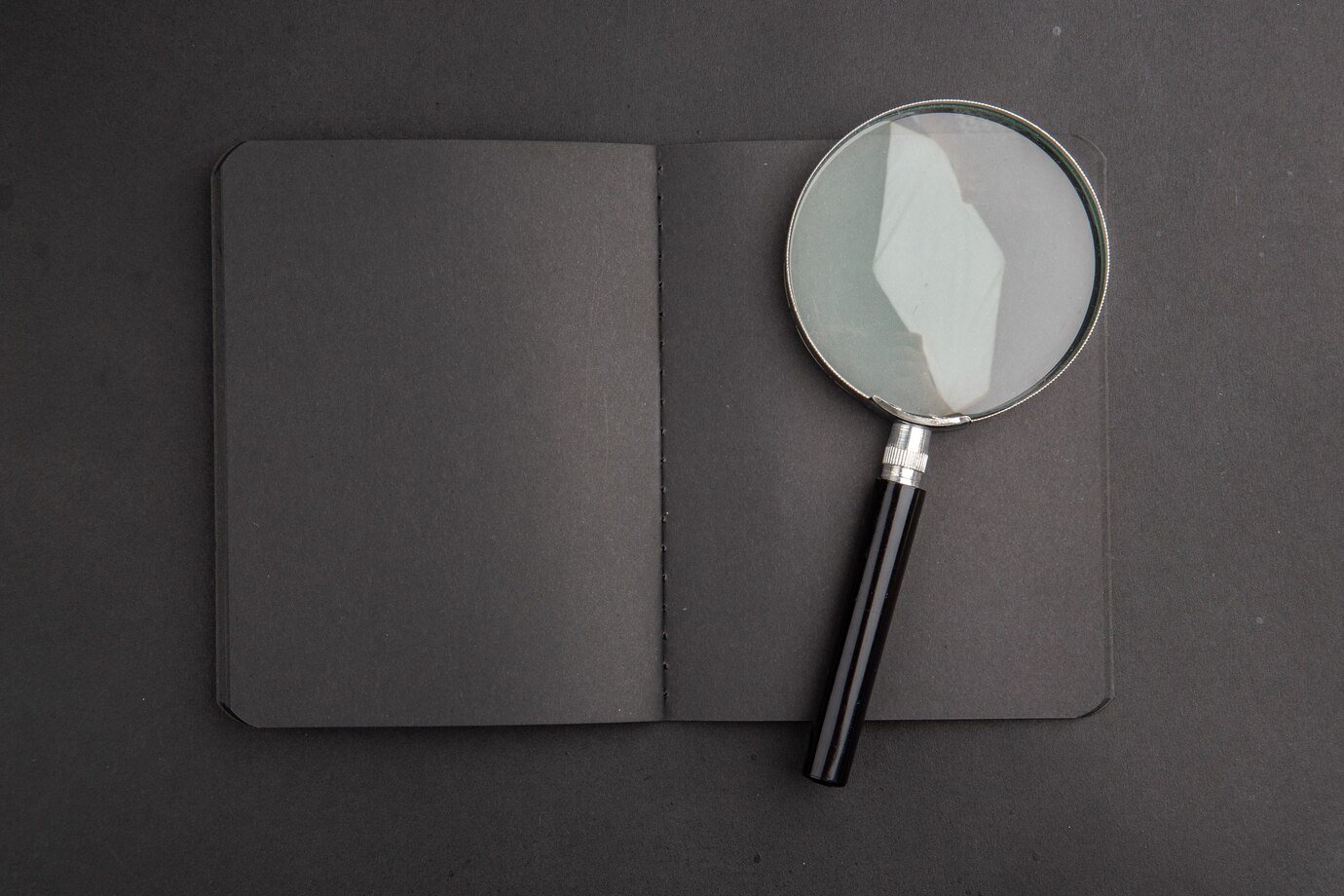
Source: KamranAydinov, Freepik
A 2003 report by conservator Fonda Thomsen indicated that part of the flag is wool but noted that it was not examined thoroughly enough to draw definitive conclusions.
Flag’s Exact History Remains Unknown
Only one vexillologist, Dave Martucci, responded to the AP’s request for evaluation, supporting the museum’s belief that the flag dates to 1818.

Wills concluded that regardless of the flag’s exact history, it has “a solid pedigree” and remains a worthwhile investment. He stated, “We’re always open to learning more about it. And if it turns out that it’s from a different era with a different story, that’s the way it goes. We’ll tell that story. And it just so happens that that story is a good one, too.”
